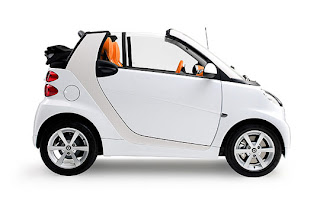NSK's L-PPS bearing
cage technology has improved long-term performance and cost for an
unnamed manufacturer of screw compressors in the refrigerant sector,
according to the company.
The bearings manufacturer says its client was receiving "frequent complaints" due to compressor failures, resulting from damage to bearings operating continuously at temperatures above 70C.
It's an increasingly common problem in an industry demanding ever increasing trouble-free life and longer intervals between overhauls for compressors.
In addition to the greater load carrying capacity and improved lubrication capability demanded from bearings in such compressors, other requirements are excellent thermal and chemical stability.
NSK says brass or polyamide bearing had been designed in, but that the brass cages were exhibiting stress corrosion cracking, while the operation of the polyamide cages was impaired by lubricant at high operating temperatures.
After examining the failed bearings, NSK recommended bearings with cages made from L-PPS (linear polyphenylene sulphide), a glass fibre reinforced plastic designed for use at up to 190C, developed by NSK.
Following the introduction of the new bearings, complaints of failed bearings ceased.
NSK says that although developed for compressor bearing applications, the advantages of bearings employing L-PPS plastic cages are applicable in other applications where high temperature and/or special conditions exist.
Additional benefits claimed for the material are that its strength and chemical stability change little, even when used with compressor oil, refrigerator oil or ammonia gas.
The bearings manufacturer says its client was receiving "frequent complaints" due to compressor failures, resulting from damage to bearings operating continuously at temperatures above 70C.
It's an increasingly common problem in an industry demanding ever increasing trouble-free life and longer intervals between overhauls for compressors.
In addition to the greater load carrying capacity and improved lubrication capability demanded from bearings in such compressors, other requirements are excellent thermal and chemical stability.
NSK says brass or polyamide bearing had been designed in, but that the brass cages were exhibiting stress corrosion cracking, while the operation of the polyamide cages was impaired by lubricant at high operating temperatures.
After examining the failed bearings, NSK recommended bearings with cages made from L-PPS (linear polyphenylene sulphide), a glass fibre reinforced plastic designed for use at up to 190C, developed by NSK.
Following the introduction of the new bearings, complaints of failed bearings ceased.
NSK says that although developed for compressor bearing applications, the advantages of bearings employing L-PPS plastic cages are applicable in other applications where high temperature and/or special conditions exist.
Additional benefits claimed for the material are that its strength and chemical stability change little, even when used with compressor oil, refrigerator oil or ammonia gas.





 Posted by Unknown
Posted by Unknown
 Friday, November 30, 2012
Friday, November 30, 2012































